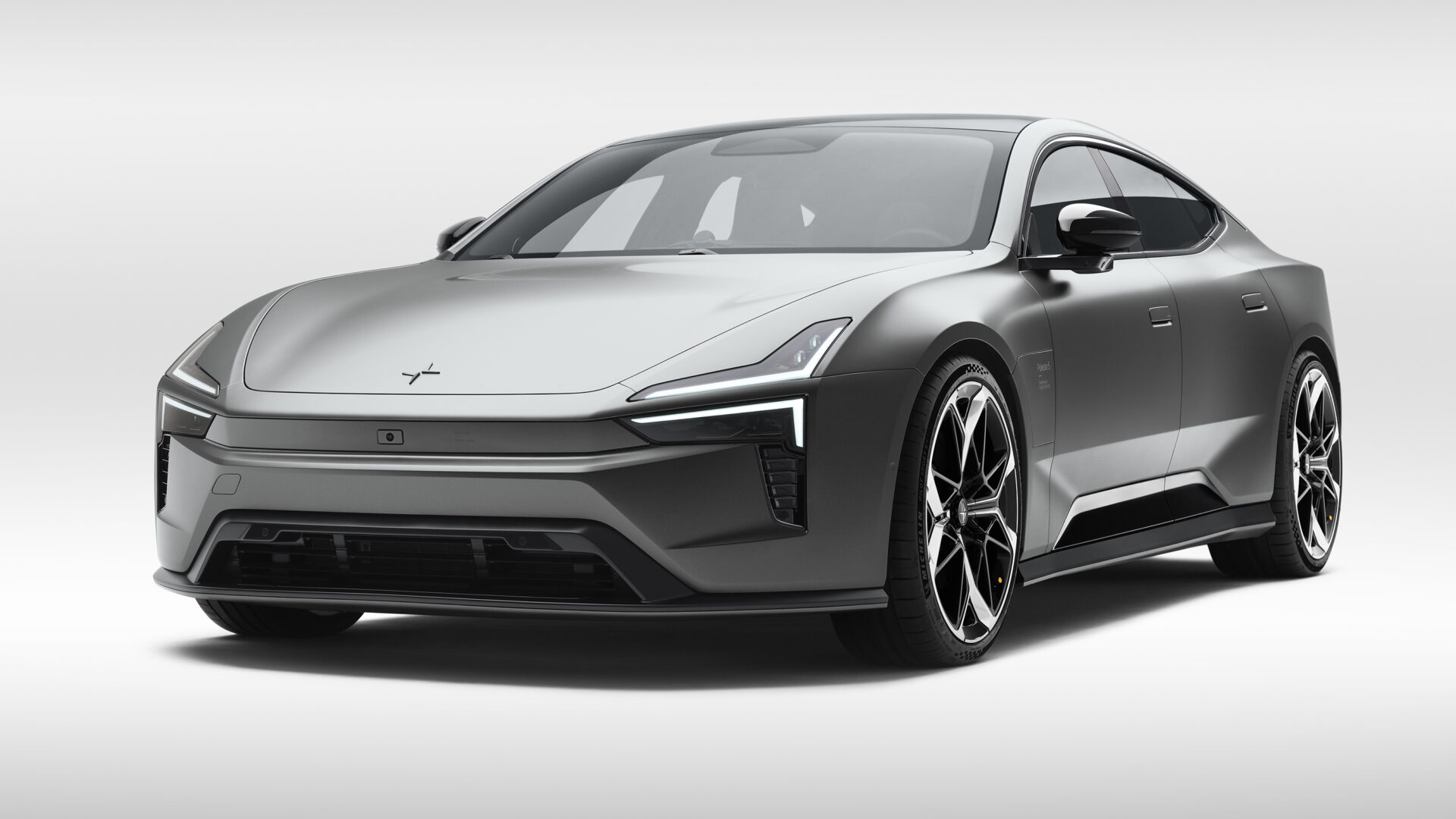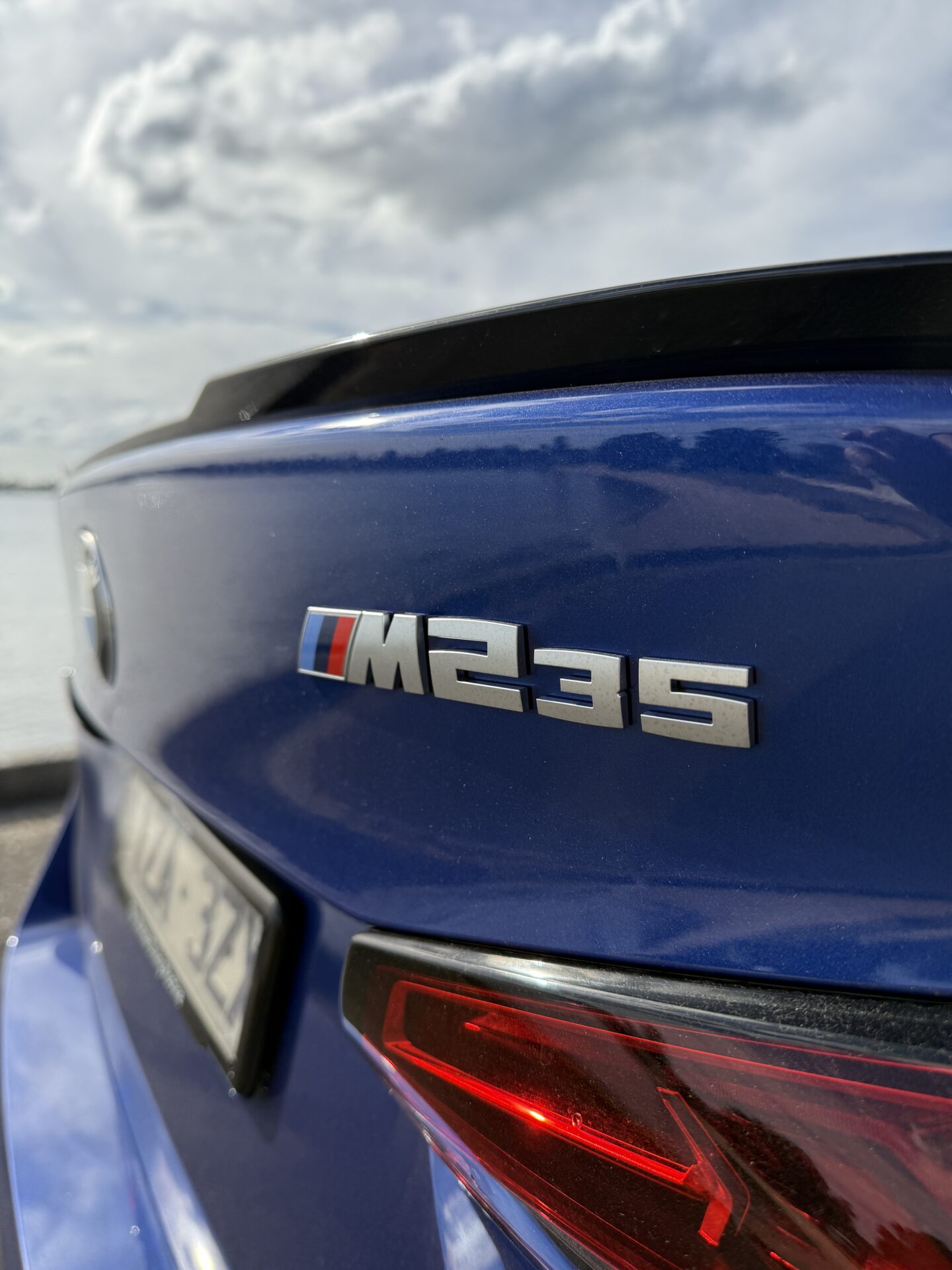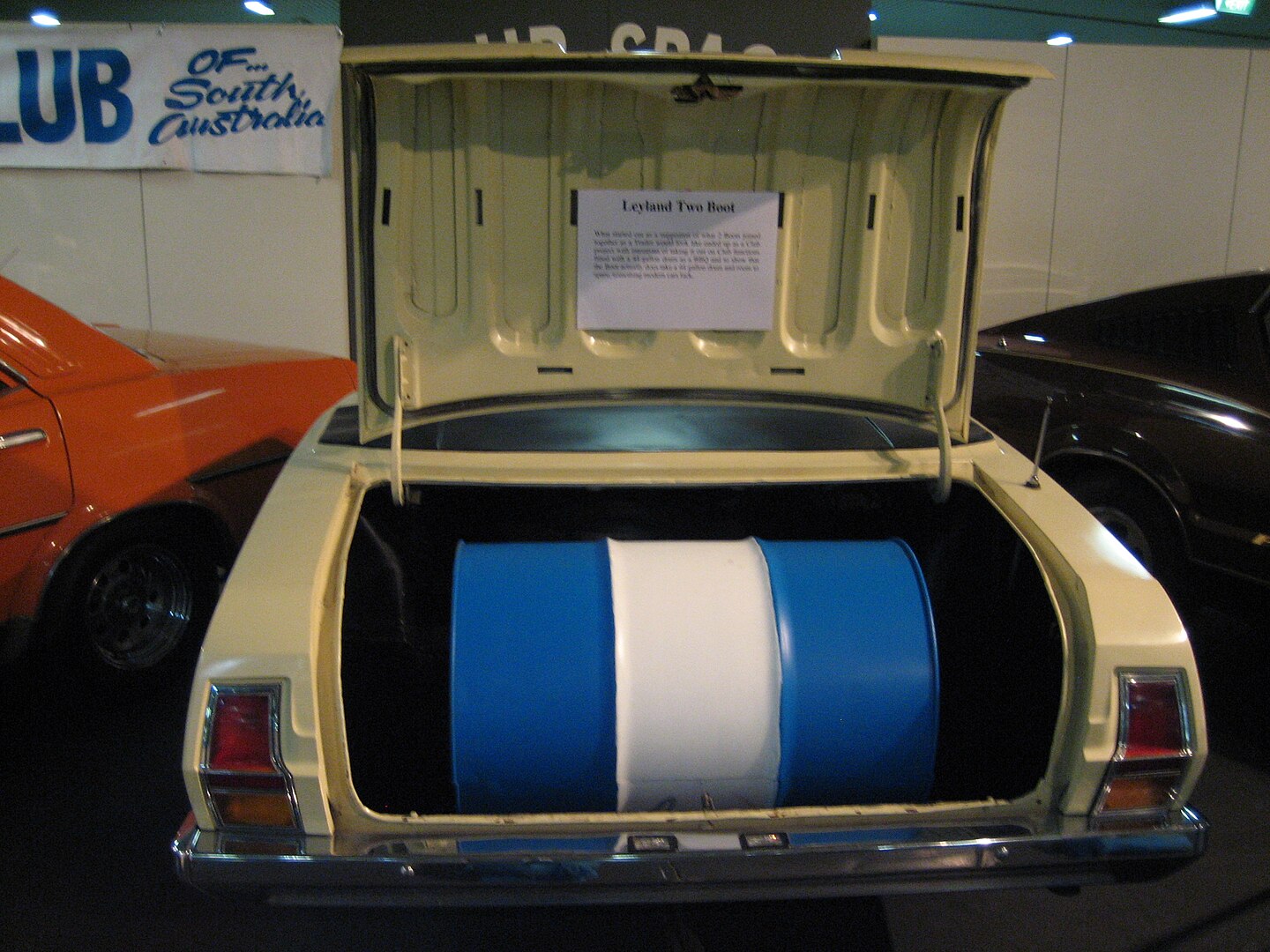It’s been more than five years since I first wrote about the car that would become today’s Polestar 5, previewed at the time by the Precept concept.
Although it was expected from day one, an official market plan wasn’t confirmed until later in 2020. Then, a full year after that in November 2021, we got the bad news: the production car wouldn’t be revealed until 2024.
Of course, these things don’t always go to plan, so here we are in the back half of 2025 with our first official look – although patent details published in 2022 meant we’ve long known what to expect.
I was pleased then to see that the 5 would stay fairly faithful to the Precept’s design, but it’s an impressive feat that it looks just as fresh, half a decade later.



The launch line-up will be made of two models: the $171,100 Polestar 5 Dual motor, and the $193,100 Polestar 5 Performance, with Australian deliveries planned for the first half of 2026.
Both will draw power from the same 112kWh NMC battery system, built for the first time to the faster-charging and more efficient 800V architecture that Hyundai and Kia have been rocking for a few years in their bigger EVs.
The 5 Dual motor (why oh why isn’t ‘motor’ capitalised? Motoring marketers are the worst) will produce 550kW and 812Nm, claiming a 0-100km/h time of 3.8 seconds.

Spend up to the Performance and you’ll get 650kW & 1015Nm instead, with a 0-100km/h claim of 3.1 seconds – agonisingly close to a sub-3 figure, and for the extra 20 grand, a bloody shame to miss it.
(Though, as we know, it’s all just bragging rights.)
Top speed for both is listed at 255km/h, and both cars will lean on four-piston Brembo brakes with 400mm discs at the front, along with “bespoke” Michelin rubber, to pull them up.
Driving range in the less powerful model is claimed at 670 kilometres, with WLTP efficiency figures of 17.6 – 18.3kWh/100km, while the more powerful model cuts that claim (by over 100km!) to 565km and 20.9kWh/100km.

The 800V electrical system gives the 5 a DC charging capacity of up to 350kW, although it’s unlikely to actually hit that figure during a charge session – but it should nicely outpace the 400V Polestar 3 and 4, which are both limited to a 250kW capacity.
As a result, while the 3 and 4 will cover a 10-80% charge in about 30 minutes, the 5 lists 22 minutes.
Underpinning the 5 is an entirely new, bespoke bonded aluminium platform, which Polestar claims gives the car a torsional rigidity greater than that of many two-seat supercars.
Bold statement, yeah, but it shows a serious commitment to dynamics. The battery is also a structural component, further enhancing the chassis’s stiffness.


The 5 uses a double-wishbone front suspension, and the steering rack is mounted ahead of the front axle – both decisions aimed squarely at delivering better feel and response.
The standard Dual motor model uses a passive damper setup, but the Performance model gets BWI’s MagneRide adaptive dampers. This system reads the road a thousand times a second, allowing it to react almost instantly to balance sharp body control with cruising comfort.
Inside, the Polestar 5 is configured as a ‘four-plus-one’ GT, with a clear focus on the person behind the wheel. The front seats, developed with Recaro, feature a low hip-point for a properly sporting feel. Adding to that vibe, a 9-inch driver display is mounted to the steering column, so it’s always in the right spot, complemented by a 9.5-inch head-up display.

Polestar clearly designed this as a luxurious four-seater first, giving rear passengers their own controls for the climate system and heated seats, which can also recline.
A clever cut-out in the battery pack, dubbed the ‘foot garage’, is also there for a more natural seating position. As for the ‘four-plus-one’ idea, the central armrest can be raised to create a fifth seat, adding a layer of practicality.
The cabin also continues Polestar’s significant push into sustainable materials, which is core to its brand identity. The seatbacks use a flax-based composite as a bio-based, lightweight alternative to carbon fibre, and recycled materials like Econyl from fishing nets are used for the carpets. It’s a smart commercial play, trimming weight while giving customers a tangible story to buy into.




ADAS (Advanced Driver Assistance System) tech bundled in the SmartZone suit includes 11 outward vision-based cameras, one mid-range radar and 12 ultrasonic sensors, along with a one driver monitoring camera in the cabin.
There are eight airbags in the “four plus one” interior, tied to interior radars “to detect the number, position, and type of occupants to deploy the correct safety measures in the event of an accident”.
Like the 4, the Polestar 5 has no proper rear window (despite having the largest panoramic glass roof of any Polestar yet), so it uses the same digital rear-view mirror and ‘virtual rear window’ inside.
Now for the options list, always eye-watering to some and barely worth a blink for others.
Nappa Upgrade
- Bridge of Weir leather in Charcoal with Charcoal accents and black ash deco – $11,800
- Bridge of Weir leather in Charcoal with Zinc accents and black ash deco – $12,400
- Bridge of Weir leather in Zinc with Zinc accents – $13,000
Colours
- Magnesium – $0
- Space – $3000
- Storm – $3000
- Snow – $4000
- Matte Magnesium – $10,000
- Matte Storm – $10,000
Wheels
- 21-inch Pro wheels – $3000
- 21-inch Blade graphite wheels – $5000
- 21-inch Blade wheels – $5000
- 22-inch Performance wheels – $7000
Individual options
- Micro-Suede headlining – $2000
- Semi-electric towbar – $3200
- Bowers & Wilkins for Polestar with Active road noise cancellation $8800.






Leave a Reply